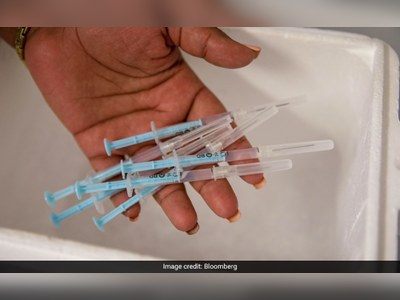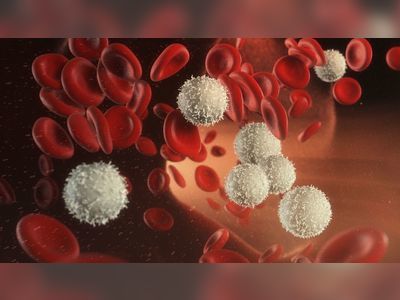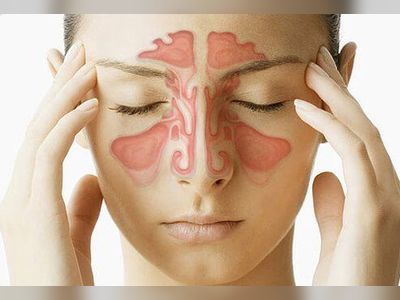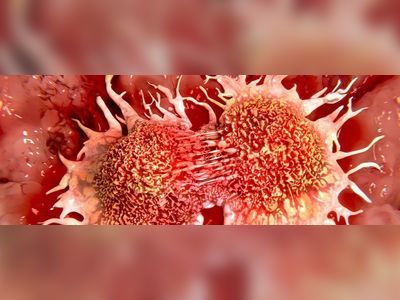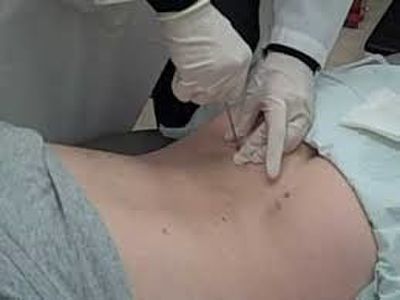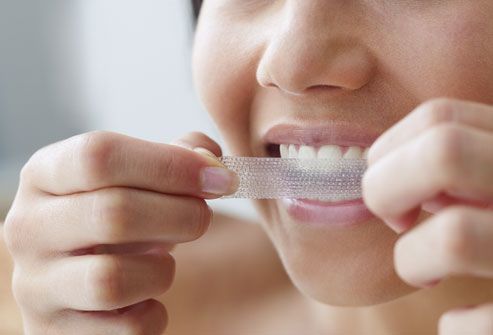
10 Secrets to Whiter Teeth
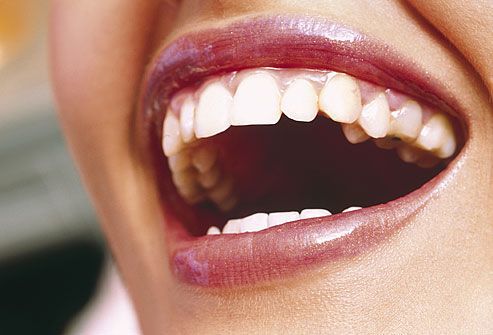
Want Brighter, Whiter Teeth?
Have your pearly whites lost their luster because of dingy gray or yellow stains? Stained teeth can occur as we age, but some common foods, drinks, and even mouthwashes can stain teeth. Do-it-yourself remedies can help whiten teeth, and avoiding substances that stain teeth can stop further discoloration. Use these secrets to whiter teeth to restore your bright smile.
Do-It-Yourself Teeth Whitening
You may be able to get rid of superficial stains by yourself. A number of at-home tooth-whitening products -- kits, strips, toothpastes, and rinses-- may lighten stains. There are even some old-fashioned remedies you can try. Tooth-whitening products available on drugstore shelves use mild bleach to brighten yellow teeth. Toothpastes use abrasives and chemicals to remove surface stains. For deep stains, you may need a dentist's help.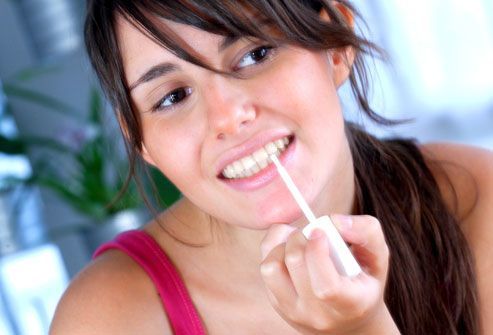
Tooth-Whitening Kits
A home tooth-whitening kit contains carbamide peroxide, a bleach that can remove both deep and surface stains and actually changes your natural tooth color. If you have coffee-stained teeth, a tooth-bleaching kit can help. With some kits, you apply a peroxide-based gel (with a small brush) to the surface of your teeth. In other kits, the gel is in a tray that molds to the teeth. The tray must be worn daily (for 30 to 45 minutes) for a week or more.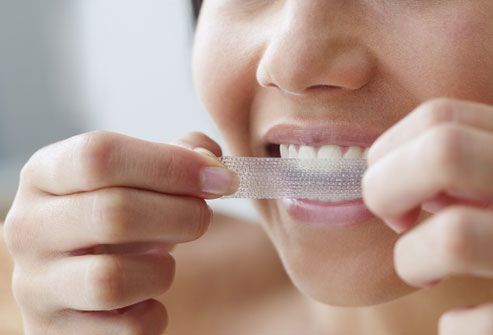
Home Whitening Strips
Tooth-whitening strips will help get rid of tooth stains. These strips are very thin, virtually invisible, and are coated with a peroxide-based whitening gel. You wear them a few minutes daily for a week or more. Results are visible in just a few days, and last at least a year. The results with strips are not as dramatic as with whitening kits, but the strips are easy to use and pretty much foolproof.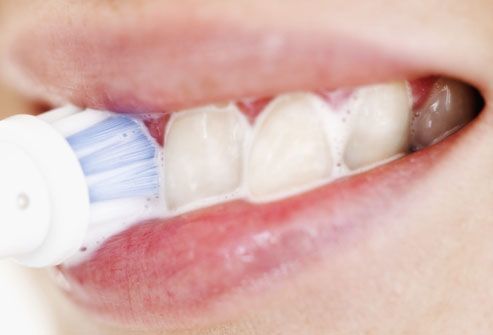
Whitening Toothpastes and Rinses
How to get stains off your teeth? Over-the-counter toothpastes, gels, and rinses help remove some surface stains. Many of these products contain mild abrasives, chemicals, or polishing agents. Unlike bleaches, they don't change the natural color of teeth.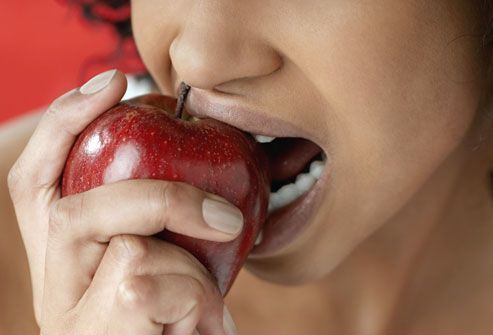
Home Remedies for Whiter Teeth
Some people still prefer the age-old home remedy of baking soda and a toothbrush to gently whiten teeth at home. Also, some foods such as celery, apples, pears, and carrots trigger lots of saliva, which helps wash away food debris on your teeth. Chewing sugarless gum is a tooth-cleansing action and also triggers saliva. A bonus from all that saliva: It neutralizes the acid that causes tooth decay. With teeth, more saliva is better all around.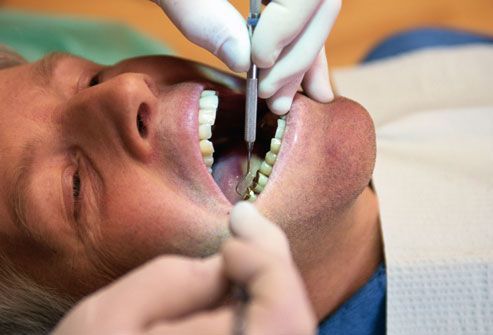
Tooth Whitening and Dental Work
Approach tooth whitening with caution if you have lots of dental veneers, bonding, fillings, crowns, and bridges. Bleach will not lighten these manufactured teeth - meaning they will stand out among your newly whitened natural teeth. In order to match your whiter teeth, you may need to investigate new dental work, including veneers or bonding.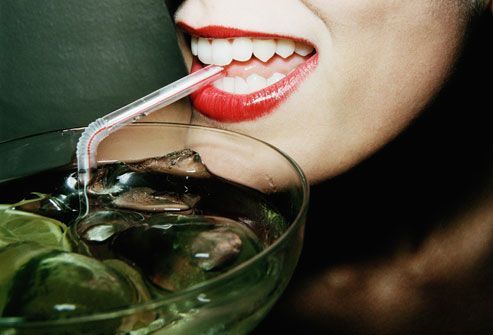
Preventing Teeth Stains
As we age, the outer layer of tooth enamel wears away. The underlying layer, called dentin, is yellower. That's why it's important to try to avoid staining teeth in the first place, especially after whitening. If you take care with foods and drinks that discolor teeth, the results of whitening may last up to one year. Whitening teeth too often could make them look translucent and blue, so you'll want to maintain your new smile.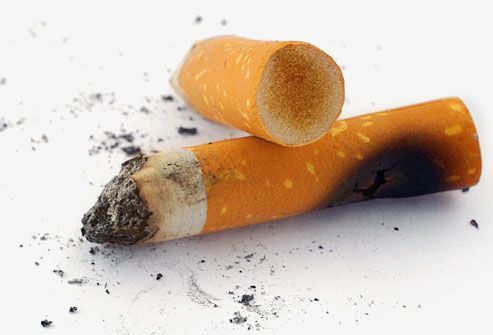
To Keep Teeth White, Don't Light Up
Not only is it bad for your health, smoking is one of the worst offenders when it comes to staining teeth. Tobacco causes brown stains that penetrate the grooves and pits of tooth enamel. Tobacco stains can be hard to remove by brushing alone. The longer you smoke, the more entrenched the stains become. Smoking also causes bad breath and gingivitis (gum disease), and increases the risk of most types of cancer.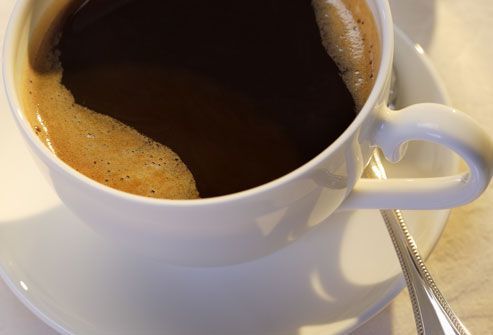
Foods that Cause Teeth Stains
There's another reason to watch what you eat. Some common foods can discolor teeth. Here's an easy way to tell if a food might be at fault: Anything that can stain a white cotton T-shirt can stain teeth, say dentists. Coffee stains teeth, for example. Other top offenders are beverages such as tea, dark sodas, and fruit juices. These teeth stains develop slowly and become more noticeable as we age.




